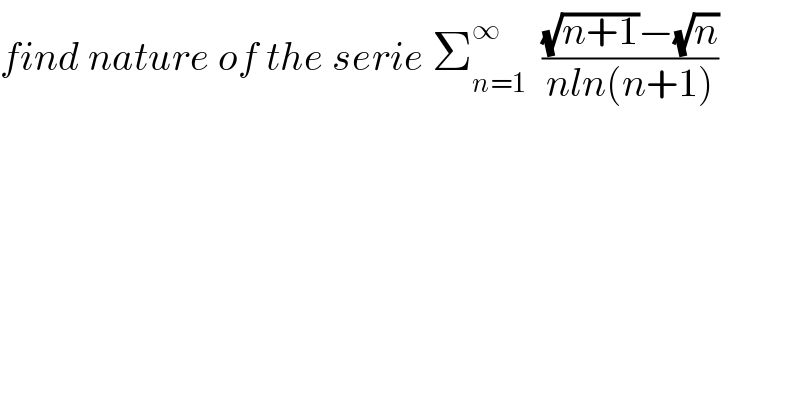
Question and Answers Forum
Previous in Relation and Functions Next in Relation and Functions
Question Number 52682 by maxmathsup by imad last updated on 11/Jan/19

Commented by Abdo msup. last updated on 12/Jan/19

Answered by tanmay.chaudhury50@gmail.com last updated on 12/Jan/19

Commented by tanmay.chaudhury50@gmail.com last updated on 12/Jan/19

